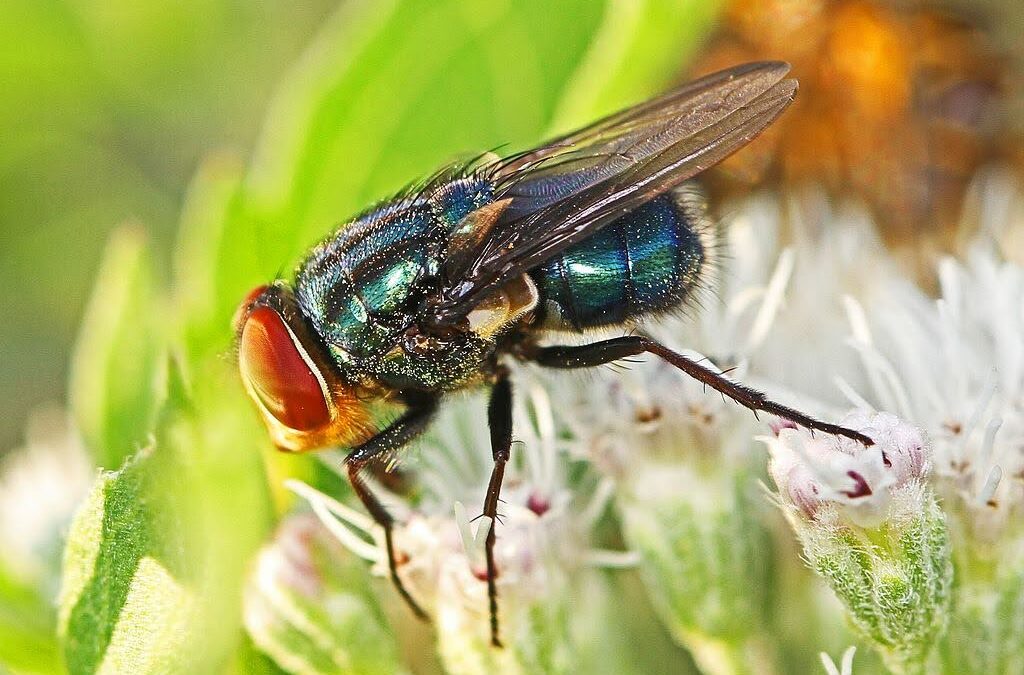The U.S. Department of Agriculture (USDA) will build a $750 million facility at Moore Air Base near Edinburg, Texas to prevent the spread of the New World Screwworm (NWS) into the United States.
Texas state and federal officials made the announcement Aug. 15, emphasizing the economic importance of protecting Texas agriculture, which supports two million jobs and contributes $867 billion to the state economy. USDA officials framed the threat as both an agricultural and national security issue, stressing the need to act before the pest reaches the U.S. border.
NWS is a fly that attacks livestock with its parasitic larvae. Cattle, sheep, goats, horses and pigs are highly vulnerable. Even small wounds can become infested with NWS larvae. Some estimates for potential damage are around $1 billion in Texas and $3.7 billion nationally annually if not stopped.
This is not the first time screwworms have threatened the United States. In the 1960s a screwworm outbreak was eradicated. In 2016-2017 an infestation in Florida wiped out approximately 15% of the deer population.
By comparison, the current threat is significant due to its progression through Central America and Mexico, approaching U.S. borders much faster than before.
The NWS, or Cochliomyia hominivorax, is native to South America and the Caribbean. It is about the size of a common housefly, with metallic blue-green bodies and orange eyes.
It has historically been kept south of the U.S. via a sterile-fly barrier in Panama. However, since 2023 there’s been a sharp rise in its spread, when cases surged from about 25 per year to over 6,500. In mid-2025, detections reached northern states of Mexico, including Oaxaca, Veracruz, and as far north as near Hidalgo, approximately 370 miles south of the U.S. border.
The $750 million Texas facility will rely on Sterile Insect Technique (SIT). Large numbers of male screwworm flies are reared in a facility and sterilized typically via irradiation and released into the wild. This facility will be capable of releasing about 300 million sterile flies per week. According to some estimates, this could triple the power to halt reproduction. Since females only mate once, mating with sterile males prevents them from producing offspring, eventually collapsing the population.
SIT successfully eradicated screwworms from the continental U.S. in 1966, from Mexico and Belize in the 1980s, and has stopped outbreaks such as in Curaçao (1954) and the 2016–2017 Florida deer incident.
While awaiting construction of the facility, the USDA is using $100 million in detection and eradication tactics such as Swarmlure, traps, and gene editing technology. Other steps include a temporary livestock import ban and emergency use authorizations of drugs for livestock treatment if necessary.
Along the border, Tick Riders are used for surveillance on horseback, inspecting animals for signs of parasitic infection. Since the early 20th century Tick Riders have been in use to be watchful for potential threats like cattle fever ticks. In addition to mounted officers, Beagle Brigade dogs are being trained specifically to detect screwworm infestations in animals at ports of entry and along the border.
The USDA is also renovating a Mexican facility in Metapa with a $21 million investment, potentially adding 60–100 million sterile flies per week to the global supply.
In June, Texas established a joint New World Screwworm Response Team via the Texas Parks and Wildlife Department and the Texas Animal Health Commission, laying the groundwork for coordinated interagency action.
Photo by Judy Gallagher, CC BY 2.0 <https://creativecommons.org/licenses/by/2.0>, from Wikimedia Commons

